It’s been so long since I watched episodic television, it feels a little like going back in time. But Allegiance, CBC’s new police procedural, is a pleasant surprise. Sure, it occasionally strays into extra-earnest territory, but in other respects it is surprisingly nuanced and thoughtful in how it approaches tricky issues like safe supply, race relations and sextortion.
It is also a pleasure to watch a show that doesn’t pretend to take place in an American city and is very clearly set in Surrey, B.C., and its surrounding municipalities. There’s Metrotown mall; there’s the SkyTrain. And hey! Isn’t that Chris Cheung’s apartment building? Looks like it! The main characters spend a fair amount of time driving all over the Lower Mainland, so it’s little wonder that a lot of familiar scenery speeds by the windows.
Allegiance is anchored by the experience of Sabrina Sohal (Supinder Wraich), an ambitious rookie police officer in Surrey eager to prove herself and leapfrog up the professional ladder. But her career in law enforcement does not get off to an auspicious start. In the middle of her valedictorian speech at her police academy graduation, Sabrina’s father, Ajeet Sohal (Stephen Lobo), a career politician, is arrested.
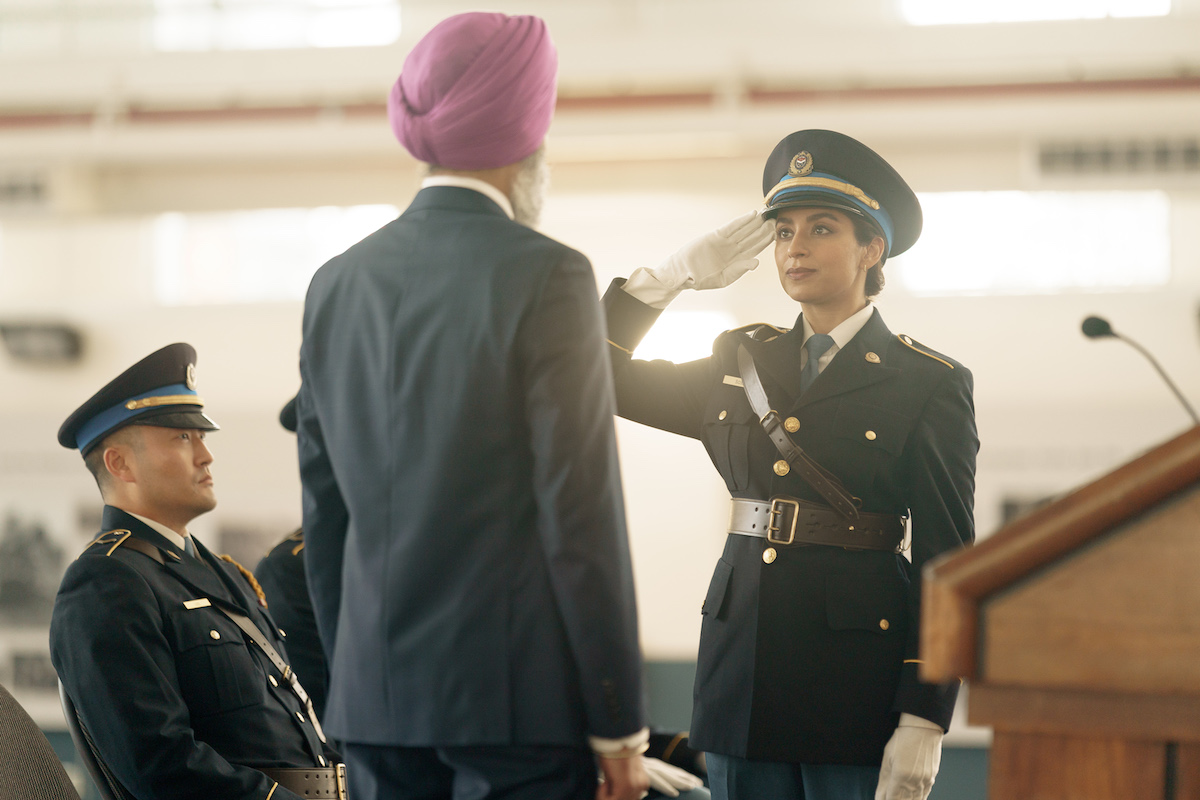
The storyline about the circumstances surrounding Ajeet’s arrest runs through all the episodes as Sabrina and her brother attempt to figure out who is really behind the charges. While that twisty bit of narrative snakes along, Sabrina navigates the complexity of her new job, including a partnership with an aging officer, Vince Brambilla (Enrico Colantoni). Rumpled world-weary realism running up against chipper newcomer energy may be an age-old trope, but it still works.
Actor Supinder Wraich makes Sabrina Sohal a fully realized character: she’s flawed, hot-headed and not above getting drunk with her workmates or bucking the system. She’s also resolutely creative when it comes to solving problems. In the most recent storyline, as Sabrina and Vince tried to forestall a gang war in Surrey, the role of matriarchs in shutting down young male violence proved a fascinating addition. It’s also interesting to see local filmmakers take a turn at the wheel. The series features the work of local director Nimisha Mukerji and writer Manny Mahal, among others.
On the eve of the final episode of the first season tonight, The Tyee posed a few questions to series creator and executive producer Anar Ali and showrunners Mark Ellis and Stephanie Morgenstern. The interview has been lightly edited for length and clarity.
The Tyee: I was chatting with a colleague the other day, and they mentioned their dad never misses an episode. How has the reaction been from the communities that you’re featuring in the show?
Anar Ali: That’s so wonderful to hear. My mom hasn’t read my books — not because she doesn’t know English but because she doesn’t come from a culture of reading. Film and TV are closer to her heart. It’s one of the reasons I wanted to write for TV — to reach people like my mom and your colleague’s dad. Network TV, in particular, is a more accessible medium.
I get messages often from people in the community, especially BIPOC girls and women, telling me how much the show means to them, and that means so much to me. We’re more than a cop show; that’s always been the hope for Allegiance.
Many of the messages tell me how much they love Sabrina and her relationships, especially with her family, her training officer, Vince, and her BFF, Gillian. They express their adoration for Sabrina using words like “kick-ass.”
She’s the kind of heroine they haven’t seen before, not only because she’s Sikh and a South Asian woman but also because her superpower is compassion and empathy, and that comes from her cultural values of seva (service) to others and her ability to see a situation from many other points of view, which many BIPOC women tell me they relate to, since they both belong and don’t belong, simultaneously, in many parts of their lives.
I have been quite struck by the nuanced and extremely thoughtful approach taken in the series to things like harm reduction. In identifying different social issues to be addressed, I’m curious about the process of finding a way into some very complex stuff, through the lens of law enforcement, without turning into “copaganda.”
Ali: It was challenging to find the balance because we absolutely did not want to be a show that reinforces copaganda. We used the Color of Change women report as one of our guides.
We also wanted to offer hope on how policing could be done, how the police could take accountability for their actions and change. In that way, we want to be a model of policing without sweeping issues under the rug.
The show is centred on the principle of restorative justice, which was inspired by South Africa’s Truth and Reconciliation Commission, Chicago’s Cure Violence and Toronto’s Social Justice Centre pilot programs, one of which is centred on Gladue principles.
Restorative justice champions both the victim and the suspect, with the understanding that we need both perspectives to achieve true justice. Restorative justice also aims for forgiveness and healing, rather than punishment. Instead of vilifying the suspect or the victim and putting them on opposite sides, it aims for a justice system based on understanding, forgiveness and healing.
All this was our starting point for our cases, not a specific social issue, and our brilliant writing room [which included writers like Penny Gummerson and Manny Mahal] took it from there, generating case ideas, breaking story and writing the stories.
Behind the scenes, we also wanted to reflect the principles we were showcasing on screen. For instance, in the writing room we don’t use words like “the bad guy” or “perp” because, so often, people who commit crimes are victims themselves. We wanted to look at crime not as a binary, “good guy versus bad guy” or “us versus them,” but more holistically, through the lens of restorative justice.
Mark Ellis and Stephanie Morgenstern: Everyone on the writing team had opportunities to pitch story areas they’re passionate about, that have triggered their interest or that they think are just plain cool. For instance, Episode 2, about harm reduction, was written by Aubrey Nealon but it was brought to the table by Abdul Malik, who was familiar with the work of DULF, the Drug User Liberation Front — which incidentally is where our guest lead Delphine got her name.
The writers come from a broad cross-section of backgrounds in terms of life experience, identity expression, cultural heritage and so on. So, the stories that emerge from these lively conversations will always find a way to reflect the nuance and thoughtfulness of the writing room’s collective brain.
As for “copaganda,” it’s a tricky balance! With police officers as protagonists, we want characters that audiences will ideally feel invested in, and root for. But that doesn’t mean drifting into hero worship, or celebrating the law enforcement system they serve without also asking some tough questions. The balance lies somewhere in between being aspirational and being bluntly honest.
When we do explore darker sides of some of our cop characters, like corruption, unethical practices, covert extremism, the framing of their actions is important. We don’t want a portrait of an essentially benign police force that happens to harbour a couple of “bad apples.”
Beyond our cops’ aspirational or shady behaviour as individuals, there’s a backdrop of a systemically entrenched cop culture that needs to be explored as well. If we get a second season, this is an area we hope to dig into even more.
Is there an episode that you’re most proud of?
Ali: Hard question! I am so proud of every episode because each episode helped break ground as a new kind of police show, and that, in itself, felt like a great feat.
Through the season, Sabrina begins to understand the impact of injustice through the eyes of the people she serves. What is legal isn’t always fair. She’s aching for solutions and sees some hope but it’s not until Episode 7, which was written by the talented Penny Gummerson, that Sabrina sees the possibilities of restorative justice. Episode 7 offers a possible solution through the lens of sentencing circles and, in that way, is a pinnacle of our season. Episodes 9 and 10 stand out also because they tell the story of South Asian gangs in Surrey without glamourizing the violence.
Episode 6 is close to my heart because it’s close to my mom’s heart. When we first moved to Canada, my parents had a motel, where my mom worked in the laundry with women like Jenab — played beautifully by actor Menglei Liu in her first role for TV. My mom became friends with these women and she herself grew up working poor, so this story was deeply felt for her.
Ellis and Morgenstern: Each story has elements we’re super proud of! To narrow it down to a turning point in the season: Episode 7 is a harrowing but ultimately life-affirming story about the legacy of police complicity with the injustices perpetrated by the government on Indigenous communities.
It has a powerful emotional climax in a sentencing circle, where the Indigenous model of progress through healing is in dramatic contrast with the western model of justice through punishment. This episode seems to leave an indelible impression on viewers. It certainly did for all the creative team that was involved! And its principles of restorative justice set a high bar for our lead, Sabrina, to aspire to from that moment on.
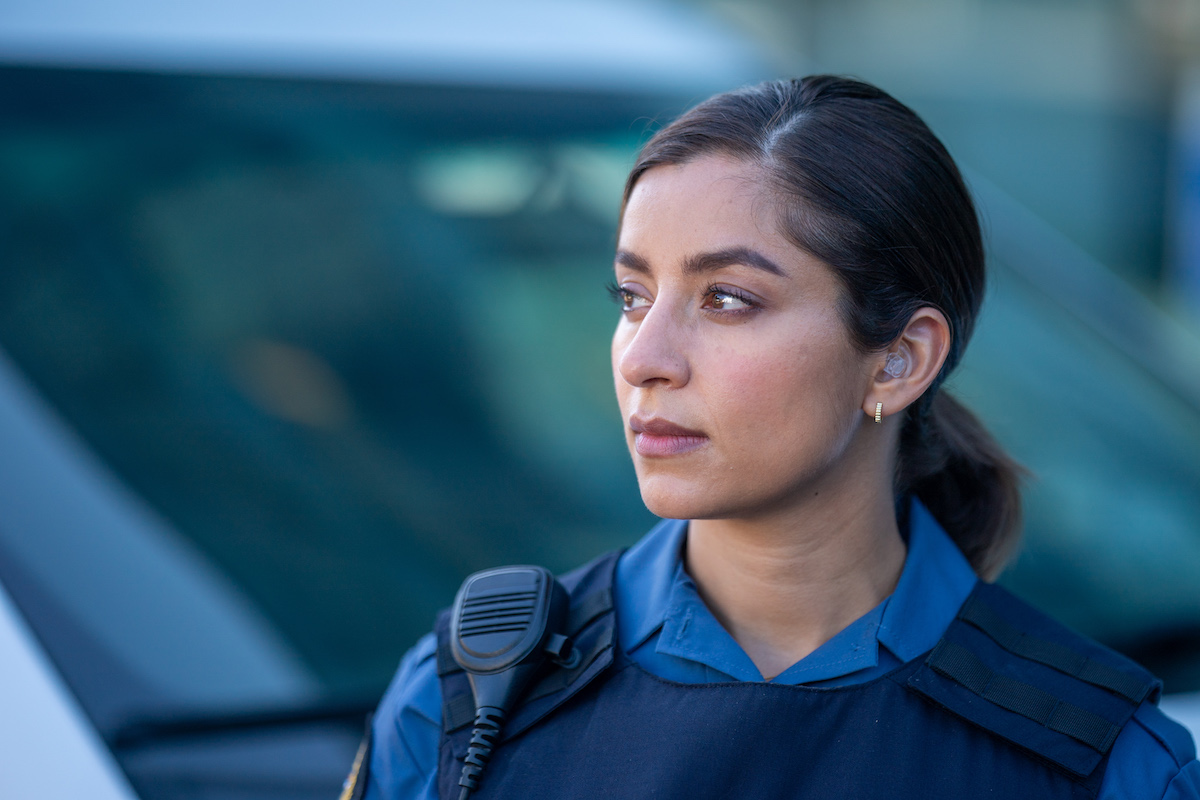
Given how many famous police procedurals make use of the particularities of their different settings — think of Homicide and The Wire (Baltimore), NYPD Blue (New York City), The Shield (Los Angeles) — I was curious about how much specific local information and experiences found their way into the show?
Ali: Surrey is definitely a character in the show. Specific information and experiences found their way to the show through writers in the room from Surrey, and from consultants, Gavan Cheema, an accomplished local playwright, and our police consultant, Paul Dadwal, who had a 20-plus-year career in Surrey’s RCMP. Paul has been part of the show almost from the start, and some of our cases, like episodes 9 and 10, were inspired by his story. Also, Diaspora Creative, a local film company, was behind getting some of the beautiful and, at turns, gritty footage you see in the show.
Ellis and Morgenstern: We draw from stories beyond Surrey’s borders, but we are firmly anchored in the realities of Surrey. We’ve been lucky to have ongoing access to local law enforcement personnel, both current and retired, who have been very open about their experiences. One of the most satisfying things about hearing the local audience’s response is how cool it is to see familiar landmarks. From the feel and specificity of a Surrey home and neighbourhood to using the striking Surrey City Centre Library, which we first saw pre-filming when we visited the mayor.
In setting the series in Surrey, did you do consultation with the community in preparation for the show?
Ali: Consulting was an essential part of our process. We also wanted to ensure the voices were inside the show, part of making the show — whether it was in our writing room with writers like Manny Mahal, with our talent like our indelible lead Supinder Wraich, and on set with director Agam Darshi and second AD Gurjit Chohan.
Ellis and Morgenstern: It was important to us that the voice of Surrey was reflected in the show. We had crew and actors who live in the community and all our scripts and edits were read by consultants. Gavan Cheema, a brilliant young playwright, was essential in a lot of our conversations. We had writers in the room that live in Surrey or still have family there. Diaspora Creative’s Gary Chatha and Vrinder Sangha did a beautiful job reflecting the people and streets of Surrey on our screens with their camerawork and drone footage.
Do you have any concerns about international audiences not getting the Canadian/Vancouver angle?
Ali: Not at all. My mantra is this: if you build a good story, they will come. Because a good story is both specific and universal at the same time. This is also a story that many people are hungry for, stories that aren’t new but haven’t been told.
Ellis and Morgenstern: We used to have to put blue U.S. mailboxes on our street corners to sell a Canadian show to an international market. Today’s audience is more sophisticated, and specificity of place has become a selling point. We all enjoy watching television shows that take us to new worlds and we’re confident the beauty and diversity of Surrey’s city and landscapes will draw people in.
The season finale of ‘Allegiance’ airs tonight on CBC and is available to stream on CBC Gem. ![]()
Read more: Rights + Justice, Politics


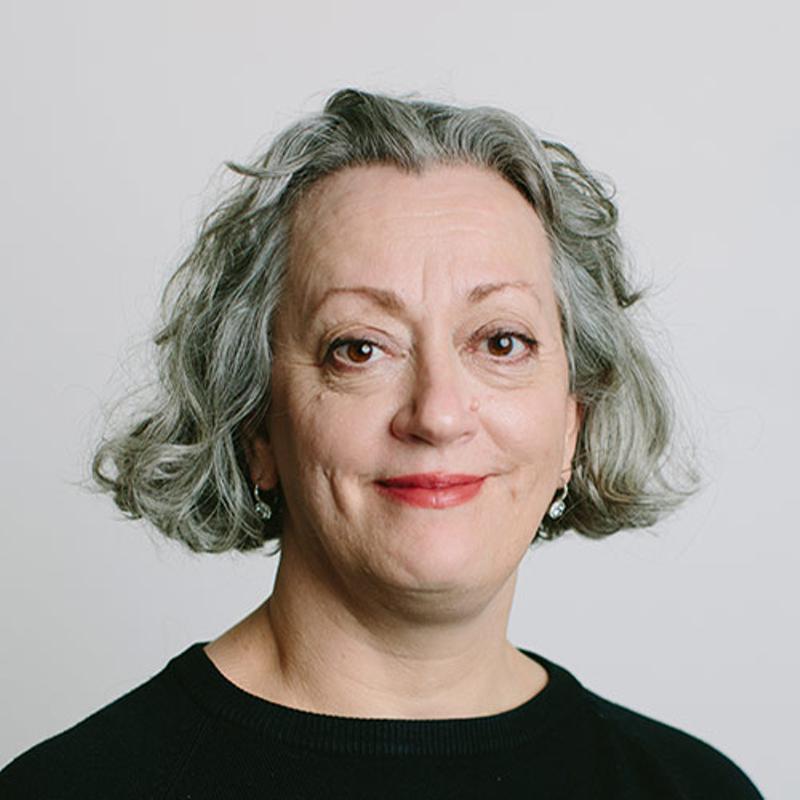

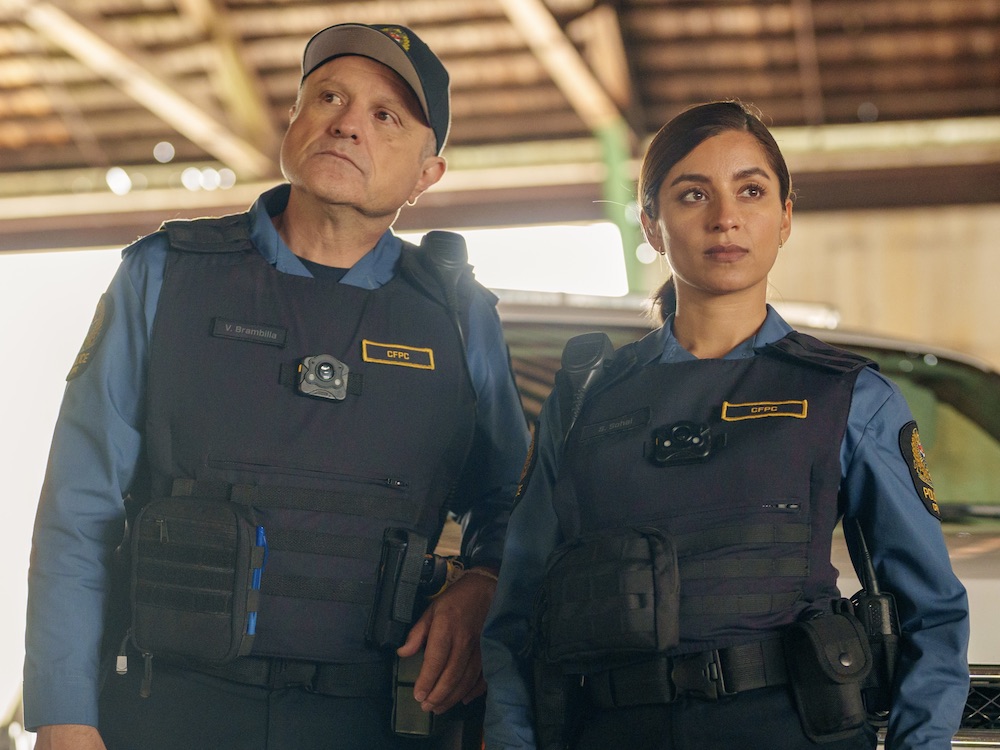
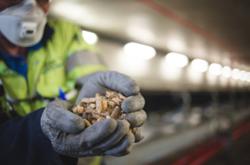
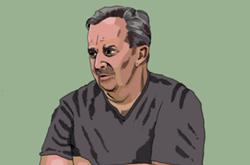
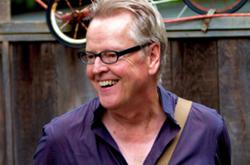
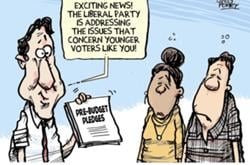








Tyee Commenting Guidelines
Comments that violate guidelines risk being deleted, and violations may result in a temporary or permanent user ban. Maintain the spirit of good conversation to stay in the discussion and be patient with moderators. Comments are reviewed regularly but not in real time.
Do:
Do not: